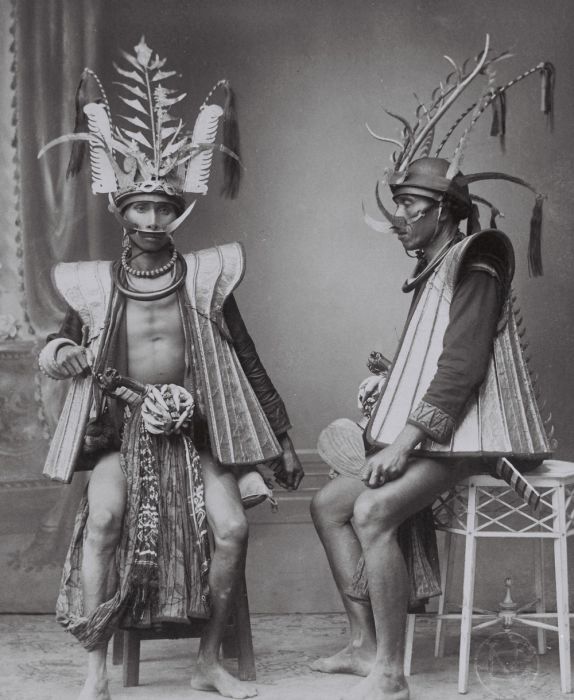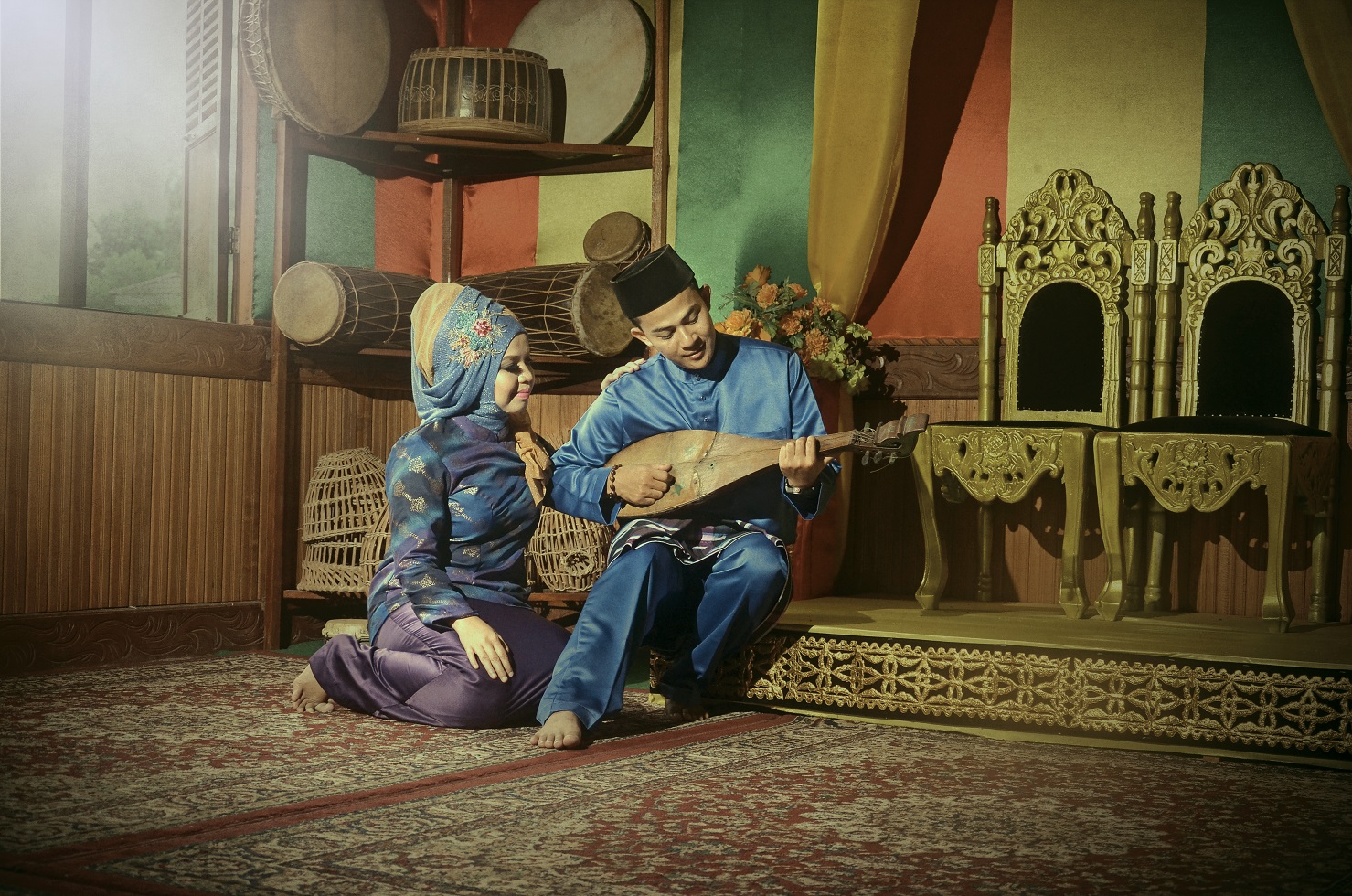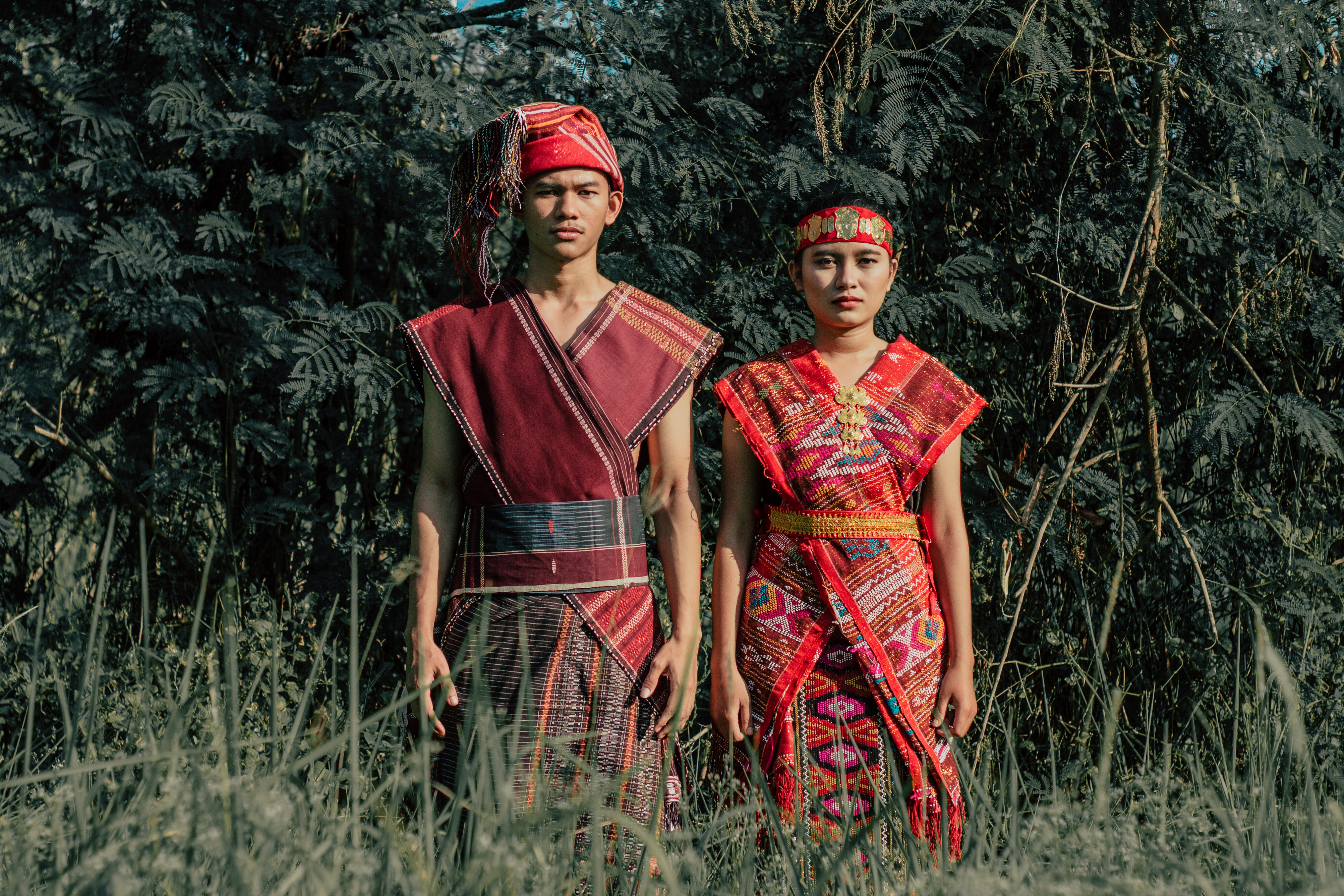|
Pakpak Bharat Regency
Pakpak Bharat Regency is a regency in North Sumatra, Indonesia. The regency covers an area of 1,218.3 square kilometres and it had a population of 40,481 at the 2010 census and 52,351 at the 2020 Census. Its seat is the town of Salak, North Sumatra, Salak. Administrative districts The regency is divided administratively into eight Districts of Indonesia, districts (''kecamatan''), tabulated below with their reas and their populations at the 2010 CensusBiro Pusat Statistik, Jakarta, 2011. and the 2020 Census. The table also includes the locations of the district administrative centres, the number of administrative villages (''desa'' and ''kelurahan'') in each district and its post code. Demographics Etnhic groups The tribes that inhabit Pakpak Bharat Regency in general are Pakpak people. Besides Pakpak, other Batak ethnicities include Batak Toba people, Toba and Karo people (Indonesia), Karo; there are also other tribes such as Indonesian Malays, Malay and Nias people, Nias ... [...More Info...] [...Related Items...] OR: [Wikipedia] [Google] [Baidu] |
List Of Regencies And Cities Of Indonesia
Regencies (''kabupaten'') and cities (''kota'') are the second-level administrative subdivision in Indonesia, immediately below the provinces, and above the districts. Regencies are roughly equivalent to American counties, although most cities in the United States are below the counties. Following the implementation of decentralization beginning on 1 January 2001, regencies and city municipalities became the key administrative units responsible for providing most governmental services. Each of regencies and cities has their own local government and legislative body. The difference between a regency and a city lies in demography, size, and economy. Generally, a regency comprises a rural area larger than a city, but also often includes various towns. A city usually has non-agricultural economic activities. A regency is headed by a regent (''bupati''), while a city is headed by a mayor (''wali kota''). All regents, mayors, and members of legislatures are directly elected via ele ... [...More Info...] [...Related Items...] OR: [Wikipedia] [Google] [Baidu] |
Christianity
Christianity is an Abrahamic monotheistic religion based on the life and teachings of Jesus of Nazareth. It is the world's largest and most widespread religion with roughly 2.38 billion followers representing one-third of the global population. Its adherents, known as Christians, are estimated to make up a majority of the population in 157 countries and territories, and believe that Jesus is the Son of God, whose coming as the messiah was prophesied in the Hebrew Bible (called the Old Testament in Christianity) and chronicled in the New Testament. Christianity began as a Second Temple Judaic sect in the 1st century Hellenistic Judaism in the Roman province of Judea. Jesus' apostles and their followers spread around the Levant, Europe, Anatolia, Mesopotamia, the South Caucasus, Ancient Carthage, Egypt, and Ethiopia, despite significant initial persecution. It soon attracted gentile God-fearers, which led to a departure from Jewish customs, and, a ... [...More Info...] [...Related Items...] OR: [Wikipedia] [Google] [Baidu] |
Mosque
A mosque (; from ar, مَسْجِد, masjid, ; literally "place of ritual prostration"), also called masjid, is a place of prayer for Muslims. Mosques are usually covered buildings, but can be any place where prayers ( sujud) are performed, including outdoor courtyards. The first mosques were simple places of prayer for Muslims, and may have been open spaces rather than buildings. In the first stage of Islamic architecture, 650-750 CE, early mosques comprised open and closed covered spaces enclosed by walls, often with minarets from which calls to prayer were issued. Mosque buildings typically contain an ornamental niche ('' mihrab'') set into the wall that indicates the direction of Mecca (''qiblah''), Wudu, ablution facilities. The pulpit (''minbar''), from which the Friday (jumu'ah) sermon (''khutba'') is delivered, was in earlier times characteristic of the central city mosque, but has since become common in smaller mosques. Mosques typically have Islam and gender se ... [...More Info...] [...Related Items...] OR: [Wikipedia] [Google] [Baidu] |
Church (building)
A church, church building or church house is a building used for Christian worship services and other Christian religious activities. The earliest identified Christian church is a house church founded between 233 and 256. From the 11th through the 14th centuries, there was a wave of church construction in Western Europe. Sometimes, the word ''church'' is used by analogy for the buildings of other religions. ''Church'' is also used to describe the Christian religious community as a whole, or a body or an assembly of Christian believers around the world. In traditional Christian architecture, the plan view of a church often forms a Christian cross; the center aisle and seating representing the vertical beam with the Church architecture#Characteristics of the early Christian church building, bema and altar forming the horizontal. Towers or domes may inspire contemplation of the heavens. Modern churches have a variety of architectural styles and layouts. Some buildings designe ... [...More Info...] [...Related Items...] OR: [Wikipedia] [Google] [Baidu] |
Marga (Batak)
Marga is a term in Batak societies referring to a clan name. The term is derived either from the Sanskrit ''varga'', meaning company, party, or group, or, more likely, from the Sanskrit ''marga'', meaning 'road, way or path', referring to a people of 'one origin'. Batak ''marga'' are patrilineal. Marriage in the same ''marga'' is strictly forbidden by tribal law ( adat) even between people only distantly related; but it is allowed and often even arranged between cousins of the maternal line (''boru''). After marriage, Batak women do not change their family (''marga'') name, but add "boru" to their birth name. Since Batak ''marga'' are patrilineal, the children will inherit the ''marga'' from their father. In Batak Toba mythology, ''marga'' are traced to the common ancestor "Si Raja Batak" (The King of the Batak). In Karo mythology, the five ''marga'' (Merga Silima) are defined in terms of matrimonial bonds, with no importance placed on a common ancestor myth. Simalungun people ha ... [...More Info...] [...Related Items...] OR: [Wikipedia] [Google] [Baidu] |
Nias People
Nias people are an ethnic group native to Nias, an island off the west coast of North Sumatra, Indonesia. In the Nias language, the Nias people are known as Ono Niha, which literally means 'descendants of human'. Nias island is known as ''Tanö Niha'', with ''Tanö'' meaning 'land' in the Nias language. The Nias people are a community that continues living within the norms and practices of their indigenous culture. Customary law of the Nias people is generally referred to as ''fondrakö'', which regulates all aspects of life from birth to death. Historical evidence of megalithic structures and stone carvings that are found in the interior of the island proved that ancient Nias people practiced megalith culture. The caste system is also recognized in Nias society, whereby the highest level out of the 12 levels in the Nias caste system is ''Balugu''. In order to reach this level of the caste, one must be able to carry out big festivals by inviting thousands of people and slaughterin ... [...More Info...] [...Related Items...] OR: [Wikipedia] [Google] [Baidu] |
Indonesian Malays
Malay Indonesians (Malay/Indonesian: Orang Melayu Indonesia; Jawi: اورڠ ملايو ايندونيسيا) are ethnic Malays living throughout Indonesia. They are one of the indigenous peoples of the country. Indonesian, the national language of Indonesia, is a standardized form of Riau Malay.Sneddon 2003, ''The Indonesian Language: Its History and Role in Modern Society'', p. 69–70''Kamus Saku Bahasa Indonesia'', p. 272, PT Mizan Publika, There were numerous kingdoms associated with the Indonesian Malays along with other ethnicities in what is now Indonesia, mainly on the islands of Borneo and Sumatra. These included Srivijaya, the Melayu Kingdom, Dharmasraya, the Sultanate of Deli, the Sultanate of Siak Sri Indrapura, the Riau-Lingga Sultanate, the Sultanate of Bulungan, Pontianak Sultanate, and the Sultanate of Sambas. The 2010 census states that there are 8 million Malays in Indonesia, this number comes from the classification of Malays in East Sumatra and the coast of ... [...More Info...] [...Related Items...] OR: [Wikipedia] [Google] [Baidu] |
Karo People (Indonesia)
The Karo, or Karonese, are a people of the ''Tanah Karo'' (Karo lands) and part one of Batak people sub-ethnic group from North Sumatera, Indonesia. The Karo lands consist of Karo Regency, plus neighboring areas in East Aceh Regency, Langkat Regency, Dairi Regency, Simalungun Regency and Deli Serdang Regency. In addition, the cities of Binjai and Medan, both bordered by Deli Serdang Regency, contain significant Karo populations, particularly in the Padang Bulan area of Medan. The town of Sibolangit, Deli Serdang Regency in the foothills on the road from Medan to Berastagi is also a significant Karo town. Karoland contains two major volcanoes, Mount Sinabung, which erupted after 400 years of dormancy in 27 August 2010 and Mount Sibayak. Karoland consists of the cooler high lands, and the upper and lower lowlands. The Karolands were conquered by the Dutch in 1904. In 1906, roads to the highlands were constructed, ending the isolation of the highland Karo people. The road linked Med ... [...More Info...] [...Related Items...] OR: [Wikipedia] [Google] [Baidu] |
Batak Toba People
Toba people (Surat Batak: ᯅᯖᯂ᯲ ᯖᯬᯅ) also referred to as Batak Toba people are the largest group of the Batak people of North Sumatra, Indonesia. The common phrase of ‘Batak’ usually refers to the Batak Toba people. This mistake caused by the Toba people being the largest sub-group of the Batak ethnic and their differing social habit to self-identify as merely Batak instead of ‘Toba’ or ‘Batak Toba’, contrary to the habit of the Karo, Mandailing, Simalungun, Pakpak communities who commonly self-identified with their respective sub-groups. The Toba people are found in Toba Samosir Regency, Humbang Hasundutan Regency, Samosir Regency, North Tapanuli Regency, part of Dairi Regency, Central Tapanuli Regency, Sibolga and its surrounding regions. The Batak Toba people speak in the Toba Batak language and are centered on Lake Toba and Samosir Island within the lake. Batak Toba people frequently build in traditional Batak architecture styles which are common o ... [...More Info...] [...Related Items...] OR: [Wikipedia] [Google] [Baidu] |
Pakpak People
Pakpak or Pakpak Dairi people are one of the ethnic group found mainly in North Sumatra, Indonesia. They are scattered in a few regencies and cities in North Sumatra and Aceh, such as Dairi Regency, Pakpak Bharat Regency, Humbang Hasundutan Regency and Central Tapanuli Regency of North Sumatra, and also in Aceh Singkil Regency and Subulussalam, Aceh and also Pakpak people have some communities in other cities across Indonesia. In administrative governance, most of the Pakpak people settled in Dairi Regency, North Sumatra, which later on July 28, 2003 grew into two regencies, namely:- * Dairi Regency (capital city Sidikalang) * Pakpak Bharat Regency (capital city Salak) The Pakpak people are most likely the descendants of the soldiers from Chola Kingdom, India that attacked Srivijaya Kingdom in the 11th century. Pakpak people with surnames of Tendang, Banurea, Manik, Beringin, Gajah, Berasa is believed to be the sons of Mpu Bada. Sub-ethnics The Pakpak people are divided int ... [...More Info...] [...Related Items...] OR: [Wikipedia] [Google] [Baidu] |






.jpg)